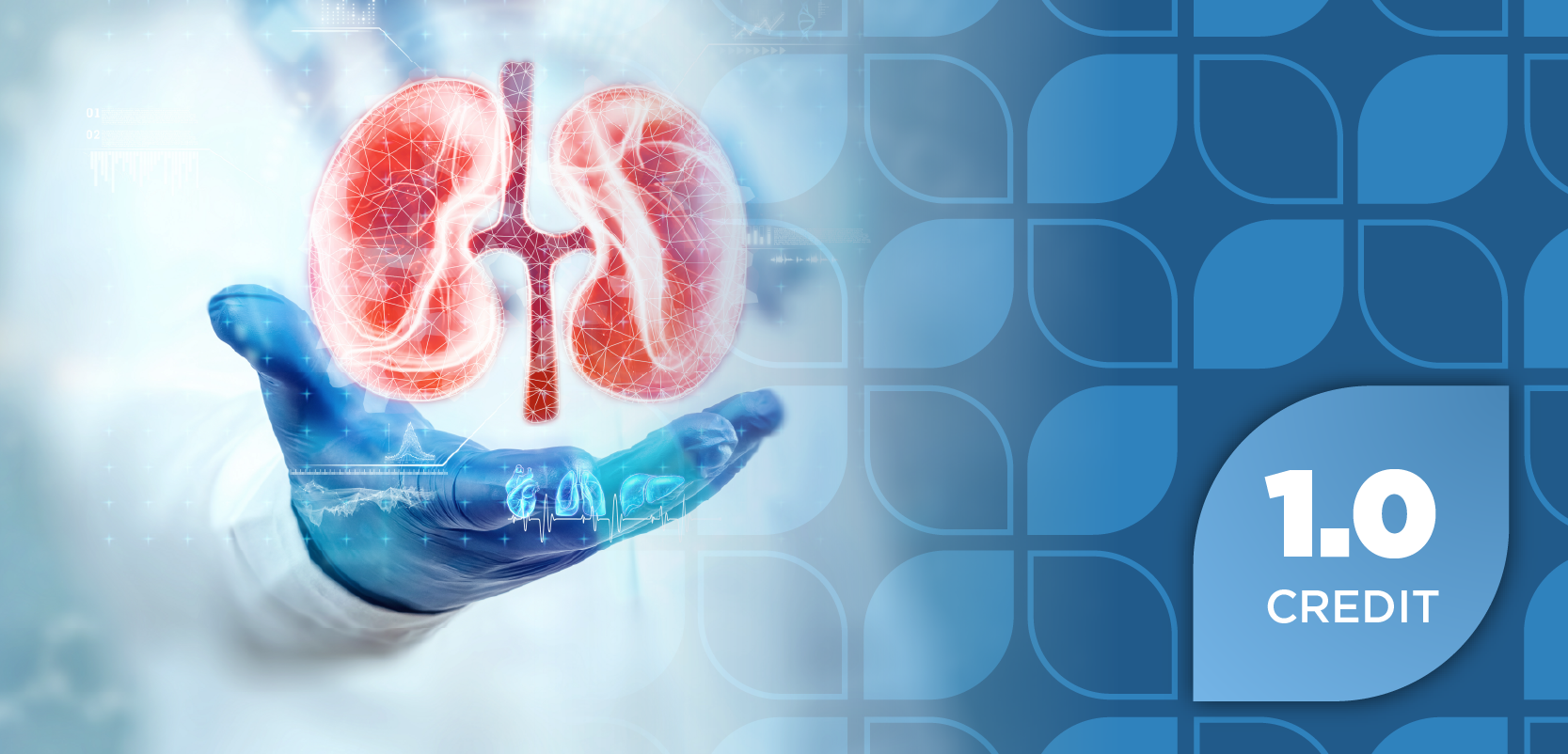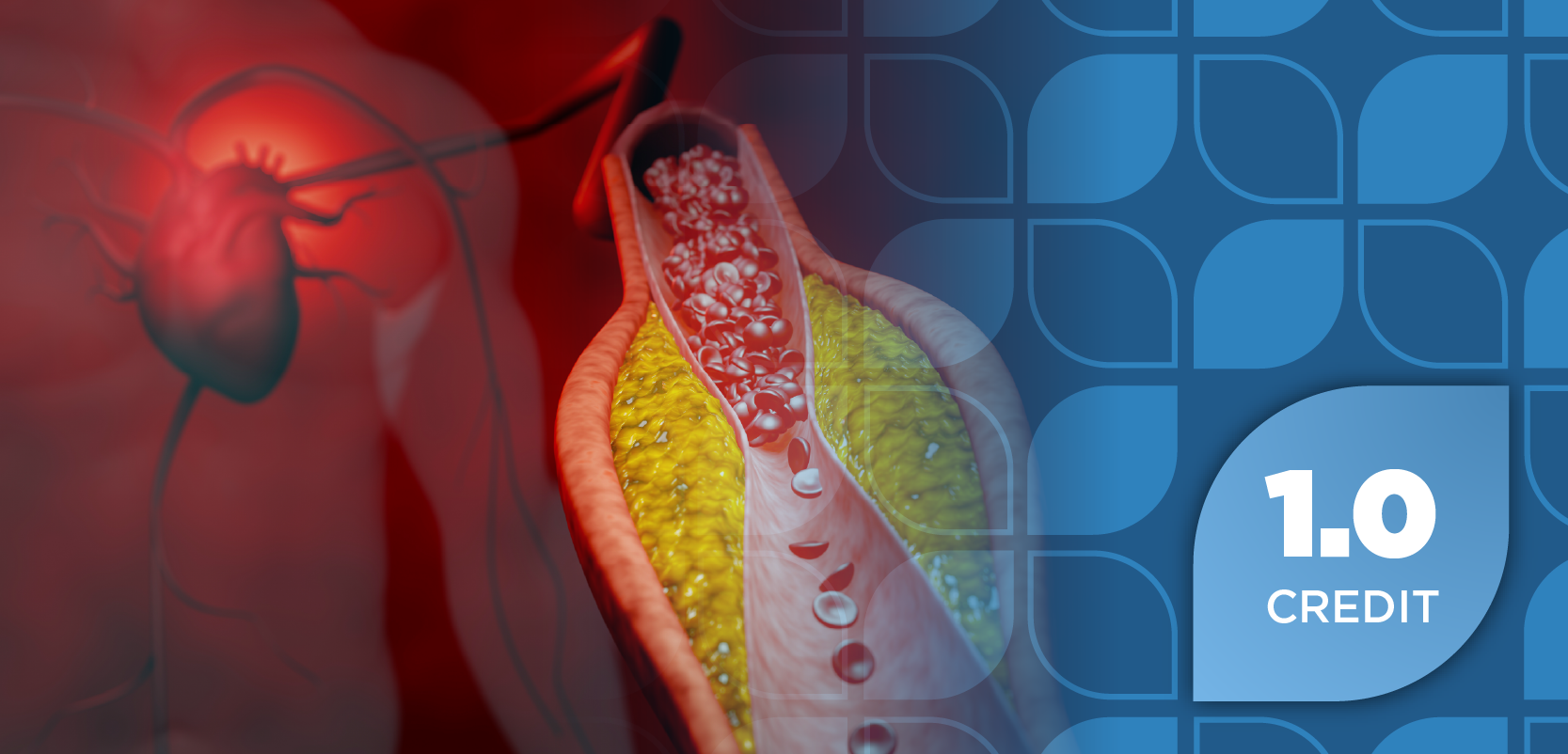
Analyzing the OTC Options for the Common Cold
This article is brought to you by Quigley
Nearly everyone has experiencedthe discomfort of ascratchy throat, a stuffynose, a hacking cough, and a poundinghead. The common cold is estimatedto occur a billion times eachyear.1 Fortunately, OTC remedies areavailable to alleviate or even shortenthe duration of these naggingsymptoms. Appropriate counselingby the pharmacist can guide thepatient to select the right product toimprove quality of life.
Etiology of the Common Cold
Over 100 different strains of rhinovirushave been attributed to thecommon cold. Infection usuallybegins when the virus enters thebody through mucosa of the eye ornasal passages. From there, the virusis transported by cilia to the posteriornasopharynx and the epithelium ofthe nasal mucosa, where the virusquickly replicates. Cold symptomsusually manifest within 10 to 12 hoursof initial infection.1
Traditional OTC Options
Patients suffering from the commoncold can choose from a widerange of OTC products. Each classfocuses on relieving specific symptomsof the common cold. It is importantto note that these OTC agentsare useful only in decreasing the discomfortof the cold symptoms andwill not affect the virus or the durationof the cold.
•Analgesics (nonsteroidal antiinflammatorydrugs, acetaminophen)offer relief of headache orbody aches. Caution should beused in patients with renal orhepatic impairment, in patientsusing certain medications, or inpatients with a history of or predispositionto gastrointestinalupset.2
•Oral or topical nasal decongestants(pseudoephedrine, phenylephrine,oxymetazoline) can alleviatesinus pressure or the"stuffed-up" feeling. These productsshould not be used by peoplewith heart disease, hypertension,thyroid disease, diabetes, orenlarged prostate or by peopleusing a monoamine oxidaseinhibitor.3
•Antihistamines (chlorpheniramine,diphenhydramine, doxylamine)can relieve rhinitis.Patients using antihistaminesshould be aware of their sedatingpotential.understand the purpose of themedication
•Address any concerns or apprehensionsthe parent or child mighthave about the drug therapy
•Provide clear and thorough instructionson appropriate dose,administration, and storage conditions
•Describe how to identify potentialadverse drug reactions and whatto do if they should occur
•Explain what to do when a dose ismissed
•Add a flavoring agent or recommendliquid or chewable tabletdosage forms
•Advise parents to check with aphysician or pharmacist prior tousing any other medications toprevent possible drug interactions
•Reinforce the importance of completingthe entire course of therapyeven if the child feels better
•Recommend the use of medicationcompliance devices such aspillboxes or timers
•Encourage the use of calibratedmeasuring devices to ensureaccuracy of dosing
The American Academy of Pediatricshighly recommends the useof calibrated measuring devices forthe administration of liquid medications.3 Parents and patients should becounseled on the appropriate use ofthese devices. Parents should alwaysbe reminded to read all labels andconfirm the strength of all medicationprior to administration because manynonprescription products formulatedfor infants are in the concentratedform. Failure to read labels can resultin serious medication overdosages.Parents also should be reminded tocheck the expiration dates of medicationsprior to administration.
In addition to the many medicationsmanufactured specifically forthe pediatric population, the growingfield of compounding pharmacy canmeet some of the needs of the pediatricpopulation by providing alternativedosage forms when applicable.
Conclusion
Through effective pharmaceuticalcounseling, the pharmacist can optimizetherapy outcomes in the pediatricpatient population. Pharmacistsshould always be prepared to meetthe specific therapeutic needs of thepediatric patient population by makingappropriate clinical assessments. It isimperative that pharmacists beresponsible for thoroughly educatingboth the parent and child about theproper administration of the drug therapy.Patients also should be encouragedto adhere to the instructions providedto them to reduce the incidenceof drug errors. When pediatric patientsand their parents are equipped withthe essential knowledge about thecondition and the drug therapy, theybecome empowered and remaincommitted to being proactive withregard to their health.
Dr. Holmberg is a pharmacist with Phoenix Children's Hospital, Phoenix, Ariz.
For a list of references, send a stamped,self-addressed envelope to: ReferencesDepartment, Attn. A. Rybovic, PharmacyTimes, Ascend Media Healthcare, 103College Road East, Princeton, NJ 08540;or send an e-mail request to:arybovic@ascendmedia.com.
Newsletter
Stay informed on drug updates, treatment guidelines, and pharmacy practice trends—subscribe to Pharmacy Times for weekly clinical insights.























































































































































































































